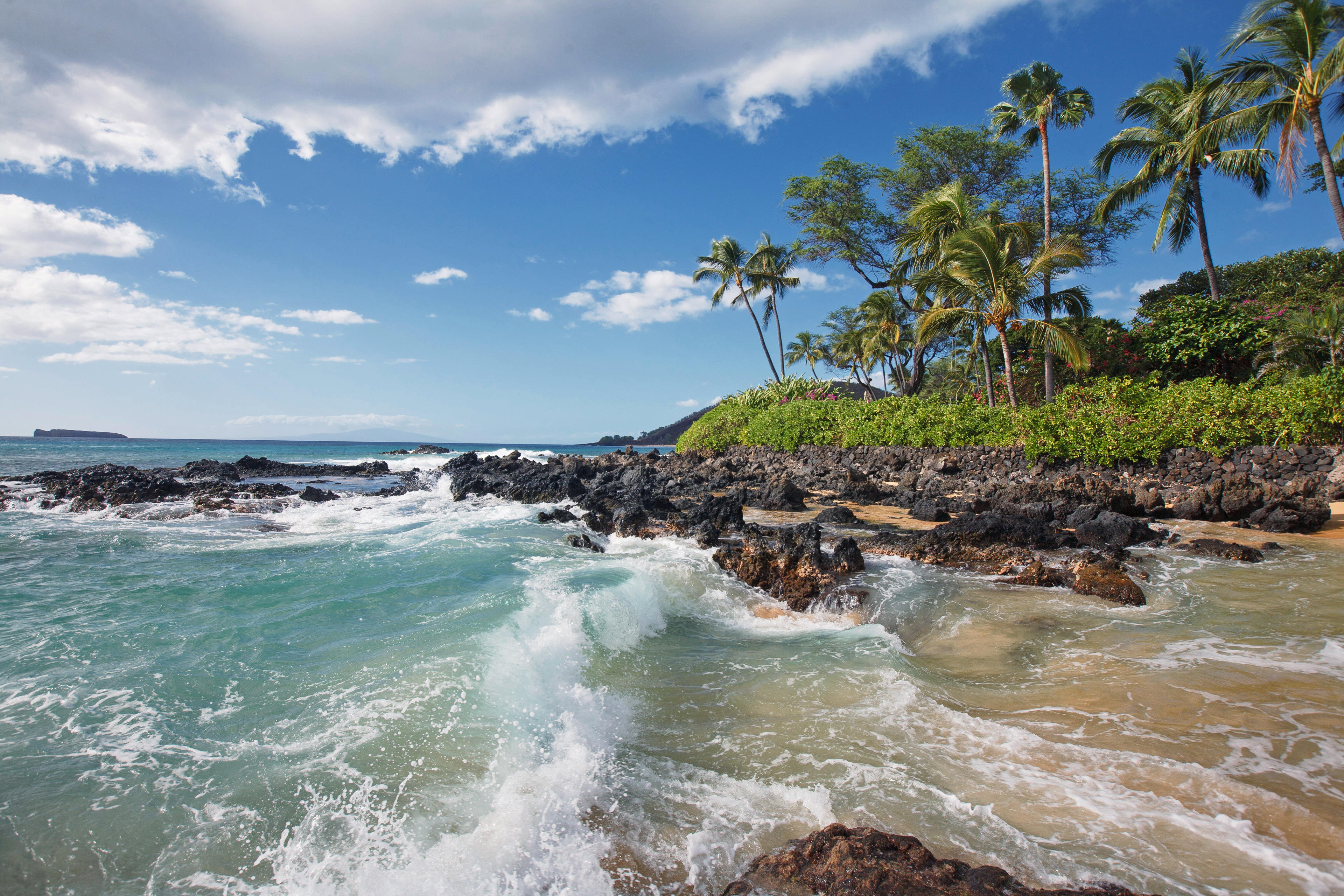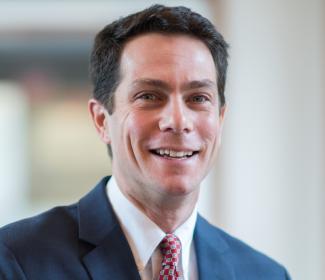
Recent U.S. Supreme Court oral arguments provide hope for the future of Clean Water Act enforcement.
The most important Clean Water Act case in more than a decade was recently argued before the U.S. Supreme Court. At issue in County of Maui v. Hawaii Wildlife Fund are clean water values that have undergirded American law for more than 50 years.
Conservationists have been worried that this case could gut one of the foundations of modern environmental law. But the justices’ questions during oral argument provide room for cautious optimism. The Clean Water Act just might survive this challenge. Diminished, perhaps, but not defeated.
Maui County, which remains dependent on nearly 3 million tourist visits to its iconic beaches each year, has been running millions of gallons of treated sewage through underground injection wells. Those wells—by their very design—discharge pollution into groundwater that then flows to the Pacific Ocean.
A coalition of state and local environmental groups, represented by the national nonprofit environmental law organization Earthjustice, have fought to require Maui County to seek a permit under the Clean Water Act. Environmentalists want Maui County to stop fouling its own nest, so to speak.
On behalf of Anderson County, South Carolina, and Decatur County, Tennessee, I filed a friend-of-the-court brief in support of the respondents. Both of these conservative, Southern counties have suffered water contamination linked to out-of-state industrial polluters, and both support Clean Water Act enforcement to address their problems. In Anderson County, pollution travels as little as 400 feet through soil and groundwater—roughly the length of the Supreme Court building—before reaching a tributary of the Savannah River.
For several years, Maui County has resisted pressure to clean up contamination linked to its disposal of wastewater. It insists that county wells are not conveying any pollution directly to the ocean. The intervening groundwater, the county asserts, prevents it from ever needing to obtain a federal permit.
And it is that argument that would blow a massive hole in a federal law that has protected America’s waters for more than 40 years.
Maui County’s argument to weaken the Clean Water Act’s point source program is not a new one. Back in 1967, the Esso Standard Oil Company protested that “the remoteness of its activities from the shoreline” should exempt it from liability under a precursor to our modern Clean Water Act.
But the U.S. Court of Appeals for the Third Circuit rejected that argument, explaining that the laws of physics buttressed the laws of liability in force at the time: “Though Esso did not run a pipe to the water’s edge and discharge petroleum products directly into the sea, Esso’s discharge of the oil was in such close proximity to the sea that the oil flowed there by gravity alone.”
In the late 1960s and early 1970s, the Potomac River in Washington, D.C., was foul-smelling, not swimmable, and unfishable as it flowed past the Lincoln and Jefferson Memorials. As the New York Times reported at the time, “The heat of summer is enveloping the nation’s capital, and with it has come the annual resurgence of a problem residents have come increasingly to dread: a stomach-turning miasma rising from the Potomac River.”
Congress responded by exercising its powers to “restore and maintain … the Nation’s waters,” with a particularly aggressive focus on point source discharges. Noxious rivers across the country, including the Potomac, were brought back to health.
The text of the Clean Water Act of 1972 now prohibits any unpermitted discharge of pollution “to navigable waters from any point source.”
Maui County posits that “from” in this statute means the most immediate, intervening conveyance before pollution touches a protected body of water. If the last thing between the county’s waste and the ocean is groundwater, then the groundwater is the “source” and no federal permit should be required.
The lower court rejected that theory. So long as pollution was “fairly traceable” to the wells where Maui discharged its treated sewage water, then the county could be held liable.
And at oral argument, several justices also seemed to pour cold water on Maui County’s effort to dodge responsibility.
Justice Stephen Breyer asked, “So what happens if you just take the pipe and you decide what we’ll do is we’re going to end the pipe 35 feet from the river or the ocean or something?” There would be no liability under the statute at issue, the county argued. Simply moving an outfall pipe back from the water’s edge would be enough to avoid that permitting process.
Justice Breyer made it clear that this explanation would not fly with him, as it would give polluters an “absolute road map” to evade federal obligations under the Clean Water Act. Justices Elena Kagan and Sonia Sotomayor were quick to echo Justice Breyer’s concerns, and they were not alone.
Based on follow-up questions, it seems that at least two of the Court’s conservative leaders—Justice Brett Kavanaugh and Chief Justice John Roberts—were similarly troubled. The Chief Justice even referred to Maui County’s explanation as “the extreme problem on the other side” during a back-and-forth exchange with the environmental groups’ lawyer.
But the justices reserved plenty of skepticism for all litigants, worrying that the “fairly traceable” test favored by environmentalists would be subject to manipulation. A series of hypotheticals—including one about a punch bowl spiked with whiskey that might be “fairly traceable” to a distillery in Scotland—explored how far the test might reach.
Justice Breyer came back to the dilemma a few times, explaining, “So we’re looking, at least I am, for something not quite as broad as traceability, but something that doesn’t run into the problems” of a polluter evading federal enforcement by pumping its pollution into groundwater. He floated a possible solution, wondering if indirect discharges would fall under the purview of the Clean Water Act so long as they were “the functional equivalent of a direct discharge.”
Chief Justice Roberts appeared intrigued by Justice Breyer’s idea, but he was not entirely on board with it—at least not yet. “I don’t mean to be critical of the author of the phrase, but what does ‘functional equivalent’ mean?,” he asked. “It sounds … as vague as ‘fairly traceable.’”
The environmental groups’ lawyer offered an insightful, practical observation about water contamination: “In order to establish traceability and foreseeability and all that, you need a big discharger like the petitioner here.”
In other words, de minimis amounts of pollution—a few drops from a whiskey flask, for example—will not be traceable by the time they reach a river, and thus will not require a federal permit. Even if thousands of whiskey bottles were poured out onto the ground, any contamination that might reach an inebriated fish would be too diffuse to trace back to one, identifiable “point source.”
The debate should not be over “direct” or “indirect” discharges from sewage treatment wells, as the County of Maui frames it. Rather, the case is really about “discrete” versus “diffuse” discharges. Discrete pollution is covered as a point source; diffuse pollution is not. The county’s wastewater wells? Yes, covered. A drinker’s whiskey flask? No.
If the Esso Standard Oil Company had to remediate its pollution 52 years ago, then it would seem that the County of Maui should not be let off the hook today. It might be that the Supreme Court rejects a “fairly traceable” test, but a new test—Justice Breyer’s “functional equivalent” proposal or something similar—could ensure that some meaningful portion of the Clean Water Act survives intact.




